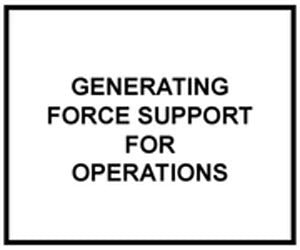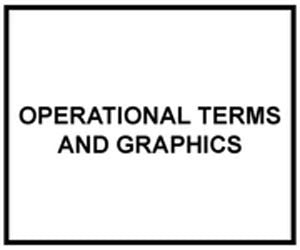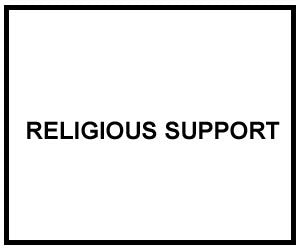
Combat Index Data Store
FM 3-09.31: FIRE SUPPORT FOR THE COMBINED ARMS COMMANDER
Regular price
$6.00
Official US Army Field Manual in Acrobat PDF file format.
Like its predecessors TC 6-71 (1988) and the first field manual-version of FM 6-71 (1994), this publication is intended for you, the combined arms brigade or battalion commander, and your staffs to help you synchronize fires with your scheme of maneuver. You know from experience that combat forces must be employed as part of the combined arms team. Maneuver and fires must be synchronized and orchestrated by the combined arms commander to realize the full potential of each arm and maximize the combat power of the combined arms team. The same applies in principle to firepower. Mortars, cannon and rocket artillery, naval gunfire, and air support on the lethal side, and intelligence and electronic warfare (IEW) and information operations (IO) systems on the non-lethal side, are various means of fire support. Each has its own advantages and
disadvantages. Each provides a measure of capability the others lack: responsiveness, flexibility, and accuracy from mortars and artillery; precision and destructiveness from close air support; disruption of command and control and capability to exclude collateral damage from IEW and IO systems. Using all of these means in combination creates a
synergistic effect - the whole system is far more effective than its parts. The proper application of fire support requires as much skill and orchestration from the combined arms commander as it does from the fire support coordinator (FSCOORD). This is what this publication is about, to help clarify the art of applying fire support at the right time and place on the battlefield.
File download size: 2 MB
Like its predecessors TC 6-71 (1988) and the first field manual-version of FM 6-71 (1994), this publication is intended for you, the combined arms brigade or battalion commander, and your staffs to help you synchronize fires with your scheme of maneuver. You know from experience that combat forces must be employed as part of the combined arms team. Maneuver and fires must be synchronized and orchestrated by the combined arms commander to realize the full potential of each arm and maximize the combat power of the combined arms team. The same applies in principle to firepower. Mortars, cannon and rocket artillery, naval gunfire, and air support on the lethal side, and intelligence and electronic warfare (IEW) and information operations (IO) systems on the non-lethal side, are various means of fire support. Each has its own advantages and
disadvantages. Each provides a measure of capability the others lack: responsiveness, flexibility, and accuracy from mortars and artillery; precision and destructiveness from close air support; disruption of command and control and capability to exclude collateral damage from IEW and IO systems. Using all of these means in combination creates a
synergistic effect - the whole system is far more effective than its parts. The proper application of fire support requires as much skill and orchestration from the combined arms commander as it does from the fire support coordinator (FSCOORD). This is what this publication is about, to help clarify the art of applying fire support at the right time and place on the battlefield.
File download size: 2 MB



